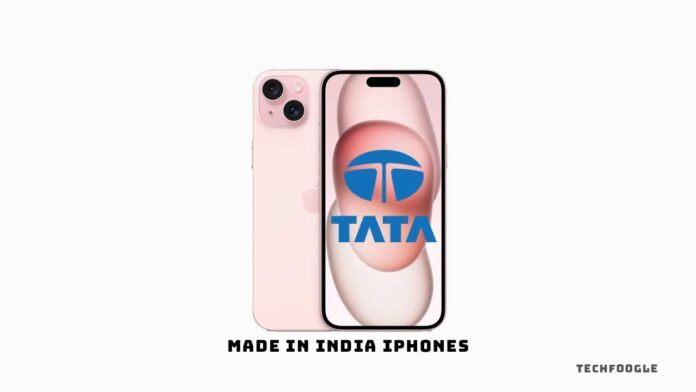In a realm where ‘Made in India’ iPhones currently denote mere assembly processes, Apple embarks on a potential game-changer: the prospective emergence of the iPhone 17 from Indian soil, signifying an epochal move. The landscape is set for a truly ‘Made in India’ iPhone.
Table of Contents
A New Era for ‘Made in India’ iPhones
Eminent prognosticator Ming-Chi Kuo proffers insights hinting at Apple’s strategic realignment. This realignment, encompassing the new product introduction (NPI) phase, portends a transformative departure from Apple’s traditional bastion, China. The Transition is slated for commencement in the latter half of 2024, with the grand unveiling anticipated in the latter half of 2025.
The Choice of the iPhone 17
The raison d’être behind confining the Indian venture to the standard iPhone 17 model is its inherent design simplicity, mitigating design-related vicissitudes. This status quo is underscored by the fact that only the standard iPhone variants currently undergo assembly within Indian precincts.
Apple’s Ambitious Vision
Apple’s overarching ambition is to augment the global share of ‘Made in India’ iPhones from its current 10-14% to a formidable 20-25% by 2024. As part of this overhaul, Apple aspires to curtail its manufacturing output in China, with production centers in Zhengzhou and Taiyuan slated to witness reductions of 35-45% and 75-85%, respectively.
Tata’s Role in the Transition
This strategic realignment follows Tata’s pivotal announcement of iPhone manufacturing plans within India after it acquired the Wistron production facility in Bengaluru. This development, expected to crystallize over the next couple of years, heralds a plausible scenario where Tata may become a significant iPhone 17 manufacturer, vying with Foxconn, the incumbent holding 75-80% of the iPhone manufacturing mantle in India.
Implications for India
The implications of this paradigm shift extend beyond national boundaries, heralding India’s ascension as a pivotal market for Apple. A natural result is the production of the entire spectrum of iPhone models on India’s shores. If this envisaged Transition materializes, it might spell potential economic relief for Indian consumers, potentially easing the onerous tax burden, currently encompassing approximately 40% (including customs and GST).
In light of the absence of official confirmation, prudence dictates that Ming-Chi Kuo’s revelations be approached with a measured skepticism. The timeline for this seismic shift spans multiple years, necessitating a patient waiting game, where the events unfolding will reveal the outcome. As such, the audience is encouraged to stay tuned for future updates and to share their reflections on this pivotal development in the comments section below.
Conclusion
The Transition of iPhone 17 manufacture from China to India marks a significant shift in Apple’s global strategy. This move not only signifies a commitment to ‘Make in India’ but also holds the potential to transform the Indian market’s dynamics. While the full realization of this Transition may take some time, it’s a development worth keeping a close eye on.













